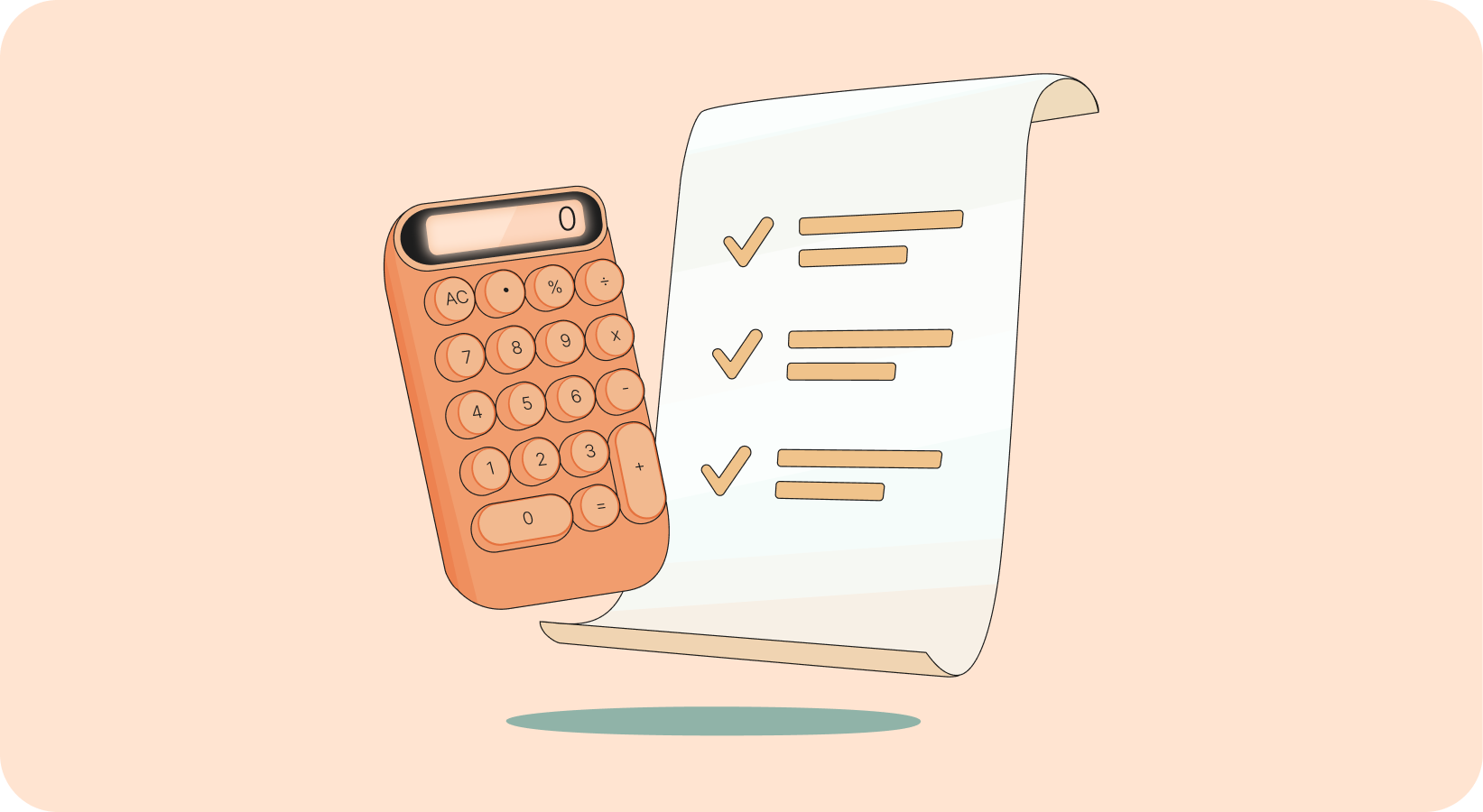Maybe your therapy practice is brand-spanking-new. Or maybe you’re running it as a side hustle while working elsewhere as an employee. You may be asking yourself, “Do I really need to file a tax return?”
You probably do. The tax cutoff for self-employment income is low, and once you cross it, the IRS expects you to file.
The good news: once you understand how the cutoff works, and how to differentiate between regular employment and self-employment income, you’ll have an easier time staying organized and meeting tax deadlines. Here’s what you need to know.
{{resource}}
Wages or salary vs. self-employment income
Broadly speaking, there are two categories of income you may earn as a therapist:
- So-called “W2 income.” This is a full- or part-time wage or salary you earn from an employer. The employer withholds income tax and employment taxes when they pay you. They report your income and withholdings to the IRS using Form W2.
- Self-employment income. This is money you earn operating as a sole proprietor or any other pass-through business entity. You report the earnings on Schedule C of your personal tax return.
When you work for another therapy practice as an employee, you earn W2 income. When you run your own therapy practice—or do contract work for another business as a therapist—you earn self-employment income.
The W2 income filing cutoff
If your wages as a W2 employee are low enough, you may not need to file a tax return.
Tax filing cutoffs for W2 employee therapists
Keep in mind that if you work more than one job—that is, you earn W2 income from two or more sources—your total W2 income from all jobs is used to determine whether you need to file.
If you cross the threshold requiring you to file a tax return for your W2 income, but you don’t cross the threshold requiring you to file a tax return for your self-employment income, then you are only required to file for W2 income.
The self-employment income cutoff for therapists
Self-employment income is any income you earn by working as a contractor or operating as your own business.
Working as a contractor
In contrast to an employee, a contractor is usually hired for a fixed, limited period to complete particular tasks. They typically submit an invoice to the company or individual who has hired them.
Examples of contract work you may do in your capacities as a therapist include:
- Leading a limited course of group therapy sessions for an addictions treatment center
- Facilitating a series of workshops for employees of a business or students at a school
- Writing blog posts or recording videos for a therapy practice to use on their website or social media
- Editing or ghostwriting the manuscript for another therapist’s book
- Providing clinical supervision
- Tutoring an aspiring therapist in the process of completing their post-graduate degree
Working for yourself
When your clients pay you directly for clinical services, and you’re not working as an employee for another therapy practice, you’re a self-employed therapist.
By default, the IRS treats you as a sole proprietor. For tax purposes, you are both an individual and a business. You report your business income and expenses on your personal tax return (Form 1040, Schedule C).
You also report your business income on your personal tax return if you are a single-member LLC electing S corporation status or a member of a general partnership.
{{resource}}
The filing requirement cutoff for self-employed therapists is $400
If you run your own therapy practice, work as a contractor for another business, or do both, you are required to file a tax return once you owe more than $400 in taxes.
There’s a common misunderstanding that the cutoff is $600. In actual fact, $600 is the cutoff for individuals or businesses reporting money paid to a contractor.
How do you know whether you’ll owe $400 or more in taxes? You look at your tax bracket, then calculate how much you’ll owe.
Example: You earned $32,000 over the course of the year as a self-employed therapist. That puts you in a tax bracket with an income rate of 12%. On top of that, you’ll owe 15.3% in self-employment tax.
Twelve percent of $32,000 is $3,840, and 15.3% of the same amount is $4,896. In total, you’ll owe $8,736. That’s well in excess of the $400 limit, so you must file taxes for your self-employment income.
Keep in mind, the self-employment tax filing requirement is based on your total self-employment income. For instance, if you earn income running your own therapy practice, but you also earn income working as a freelance copy editor, you must add up income from both side hustles to figure out whether you need to file.
How much do you need to earn to pay quarterly taxes?
If you expect to owe $1,000 in federal taxes, you’re required to make quarterly estimated tax payments.
In brief, the IRS expects you to estimate the total amount you’ll owe in taxes for the year, then pay it in quarterly installments over the course of the year.
For the full rundown, check out our guide to quarterly estimated taxes for therapists.
Keep in mind that individual states have their own cut-offs for quarterly estimated tax payments; even if you’re not required to make quarterly payments to the IRS, you may need to make them to the state tax authority. Check with your Secretary of State to determine the cutoff for your business.
How to prepare for tax season
Feeling overwhelmed at the prospect of your first tax season as a self-employed therapist? We’re here to help. Check out the Heard Tax Hub for therapists to see your filing deadlines, get a list of must-have documents for filing, and discover new ways to reduce your tax bill.
This post is to be used for informational purposes only and does not constitute legal, business, or tax advice. Each person should consult their own attorney, business advisor, or tax advisor with respect to matters referenced in this post.
Bryce Warnes is a West Coast writer specializing in small business finances.
{{cta}}
Manage your bookkeeping, taxes, and payroll—all in one place.

Discover more. Get our newsletter.
Get free articles, guides, and tools developed by our experts to help you understand and manage your private practice finances.





